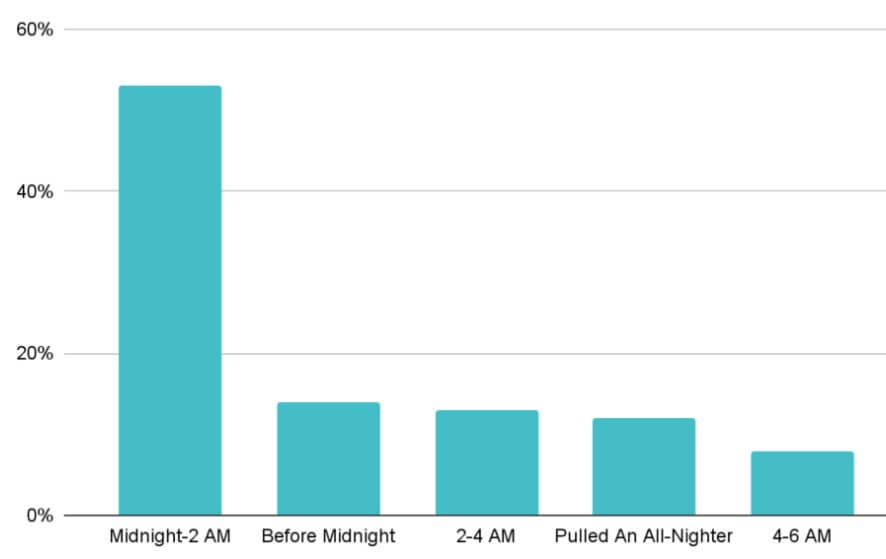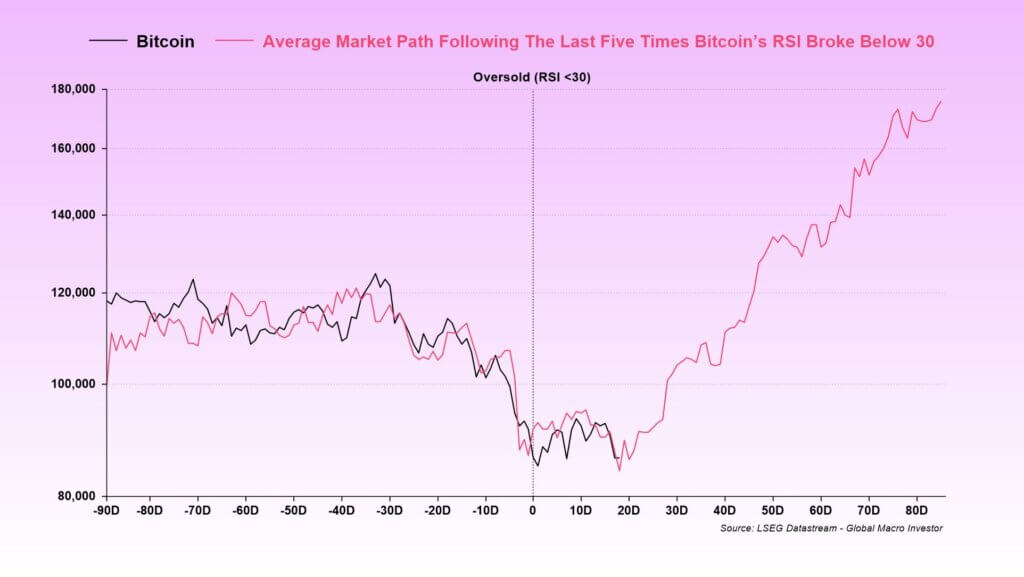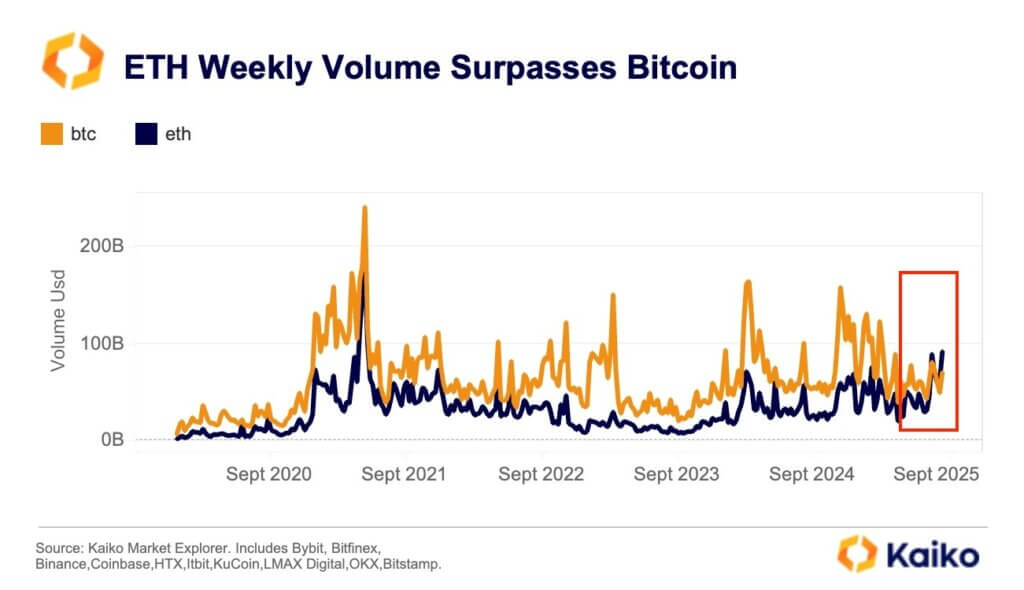
Struggling to sleep? You’re not alone – How Bitcoin’s recent price crash is affecting other traders IRL
Bitcoin’s recent slide below $80,000 has triggered a wave of sleep disruption across the retail trading community, according to a new report from CEX.io.
The flagship digital asset has since rebounded to about $88,000, but the roughly 31% drawdown from its recent peak left many investors monitoring prices through the night.
This behavior has moved beyond simple anxiety, as nearly 70% of surveyed traders attribute execution errors and “bad trades” directly to sleep deprivation, creating a scenario where physical fatigue is compounding portfolio losses.
Late-night monitoring
CEX.io’s survey points to a striking shift in behavior: 68% of respondents say they check prices after going to bed almost every night or every night, while only 8% say they never do.
This pattern highlights how market swings increasingly influence daily routines and nighttime habits.
Moreover, the data suggests that sleep loss is becoming normalized in crypto trading.
According to the report, more than half of the surveyed participants said they have stayed awake until at least 2 A.M. because of market moves, and another 33% said they remain awake until 4 A.M. or later. In total, 81% reported losing sleep while waiting for a favorable setup or a key event.
Meanwhile, the psychological drivers of this behavior indicate a market increasingly driven by emotion rather than technical analysis.
The primary culprit for sleeplessness is not fear of liquidation, but the Fear of Missing Out (FOMO), cited by 59% of respondents.
This aligns with findings that sleep quality is inextricably linked to market direction: 64% sleep better in bull markets, compared to just 10% in bear markets.
BTC’s Nighttime volatility
CEX.io argued that this insomnia is not merely a reaction to price, but to a shift in the timing of volatility.
The firm, citing Blockworks Research data, noted that the most violent price swings have shifted to the overnight window.
The data shows the highest realized volatility clustering between 18:00 and 06:00 UTC. This timeline coincides with a thinning of institutional order books as US liquidity providers go offline.
So, with reduced market depth during the Asian-Pacific crossover, relatively smaller order flows are triggering outsized moves.
For retail traders in EMEA time zones, this volatility window overlaps directly with rest periods, forcing a binary choice between sleep and active risk management.
The post Struggling to sleep? You’re not alone – How Bitcoin’s recent price crash is affecting other traders IRL appeared first on CryptoSlate.



